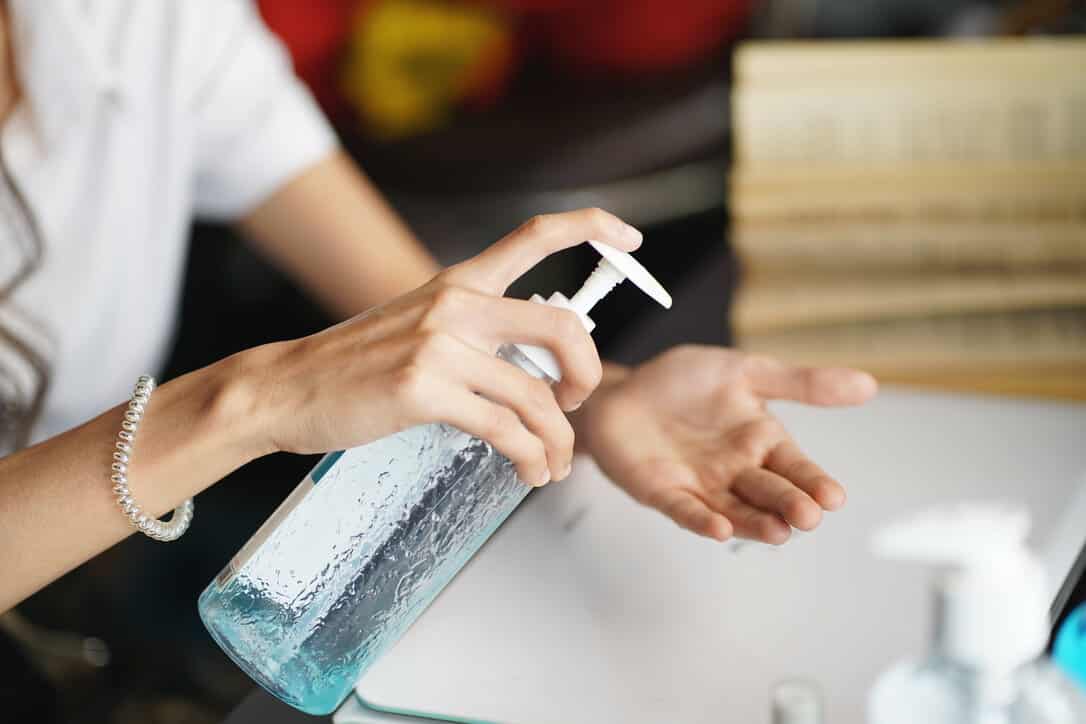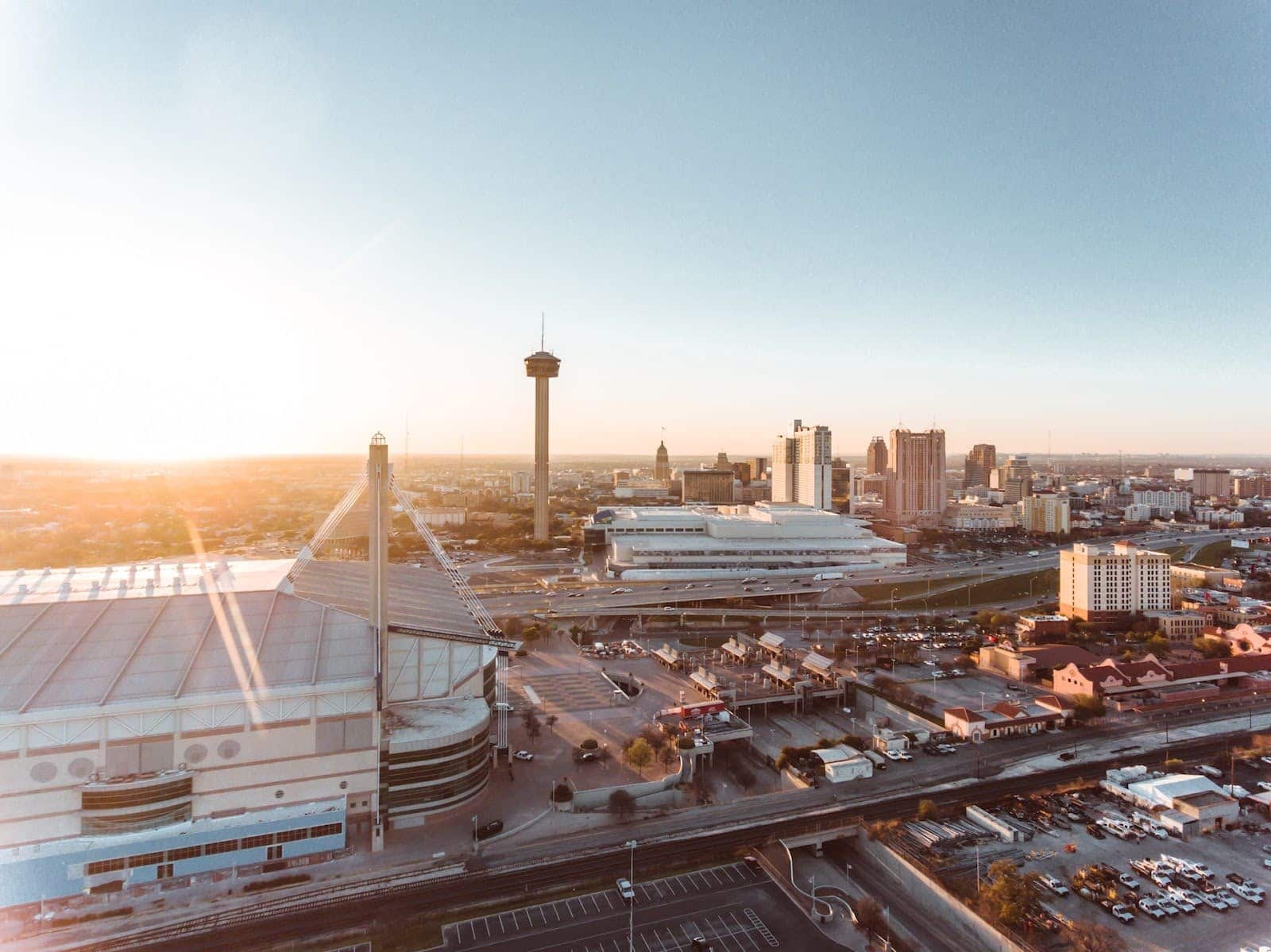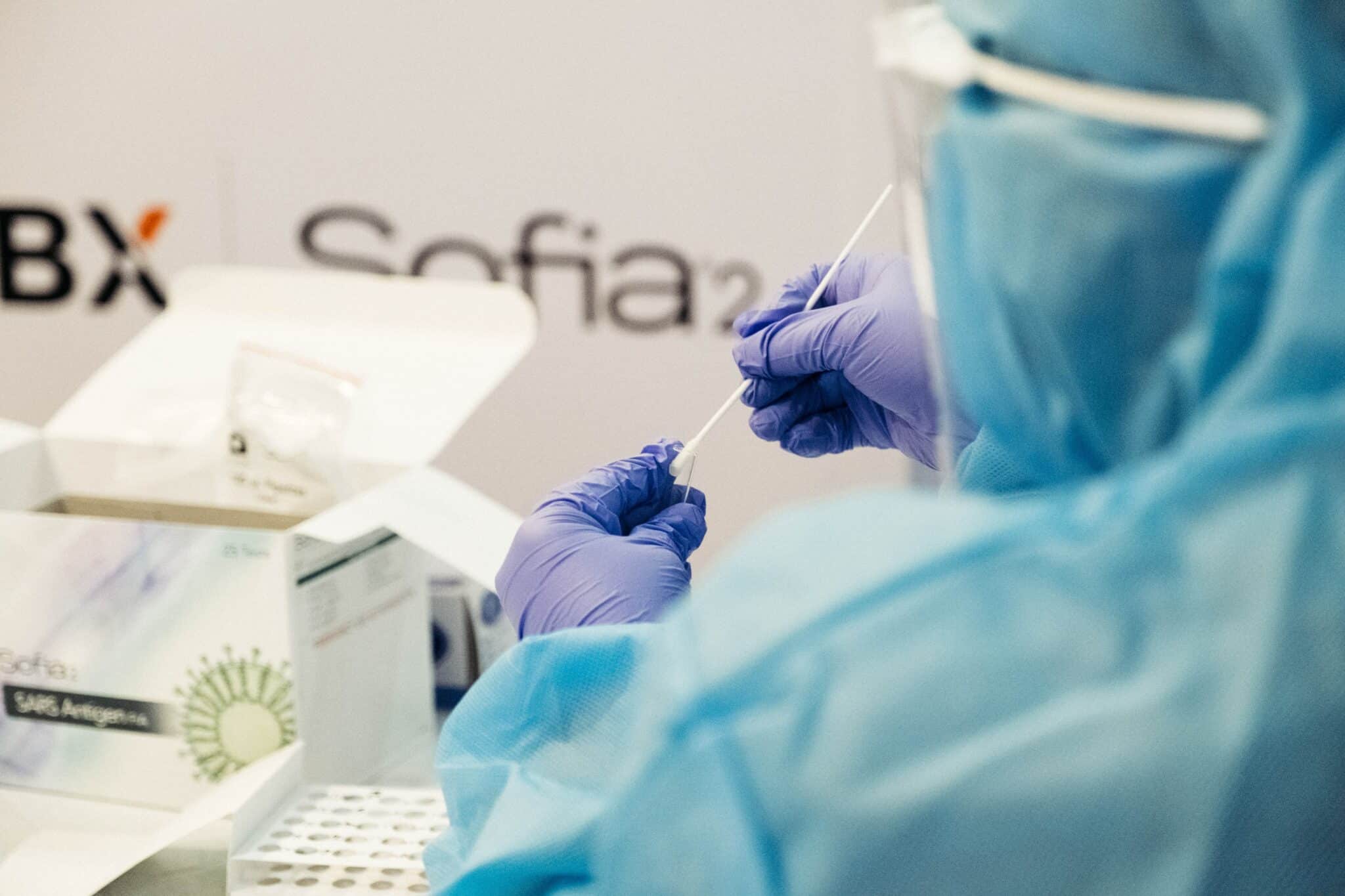Thursday Thunder: What Is Monkeypox? [+ Some Covid News from Beijing, Mumbai & The US]

Thursday Thunder is a weekly news recap for health-conscious travelers. Every Thursday, we share everything you need to know to stay safe and make the most out of your trips.
Although pandemics aren’t common, they’ve certainly been in the news since the beginning of the 21st century. Take, for example, the swine flu in 2009 or the 2020 Covid-19 outbreak.
Even though the flu has been around for a while, it has not caused much trouble since 2010. In contrast, while Covid-19’s outlook seems positive for 2022, the pandemic is not over yet. Then, on top of all that, there’s a new disease: Monkeypox.
But, what kind of risks are we facing? Should you panic? Well, a much better option is to get informed. If you are planning to go on a trip soon and you are worried about Monkeypox or Covid-19, then this post is for you.
Today we’ll discuss:
- What is Monkeypox and what we know so far.
- What’s happening in the world regarding Covid. Hint: There is some good news for those planning a trip to the US.
Let’s dive in!
Monkeypox: Here’s All You Need to Know So Far
Monkeypox is already causing concern in Europe and the USA. Here are a few common questions about the disease.
What is Monkeypox?
The Monkeypox virus is usually found in African rodents and primates, but can also infect humans. It’s a rare but severe infection, and it’s almost identical to the eradicated Smallpox.
What are Monkeypox symptoms?
Monkeypox symptoms are milder than those of Smallpox. According to the CDC, the disease begins with:
- Fever
- Exhaustion
- Swollen lymph nodes
- Headache
- Muscle aches
- Backache
- Chills
The key difference between Smallpox and Monkeypox is that the latter causes lymph nodes to swell.
Fever usually appears within 1 to 3 days, but it may take longer. Fever is often followed by a rash. Generally, the rash first appears on the face and then spreads to the rest of the body.
Monkeypox usually lasts 2-4 weeks and can be fatal in 1 out of every 10 infected individuals.
How does Monkeypox spread?
Monkeypox can be contracted from:
- An infected person
- An infected animal
- Contaminated materials
Between people, Monkeypox mainly spreads through direct contact with:
- Infectious sores
- Infectious scabs
- Body fluids
- Respiratory secretions during prolonged face-to-face contact
Should you worry about Monkeypox?
There has recently been an unusual Monkeypox outbreak in non-endemic areas, such as Australia, Belgium, Germany, England, and the USA, among others.
The disease has been reported in about 1,600 cases worldwide in recent weeks. Although 72 deaths have been reported in Monkeypox-endemic countries, none have been reported in the 32 newly affected countries.
Yet, next week the World Health Organization will hold an emergency meeting to determine whether the Monkeypox outbreak is an international public health concern.
Meanwhile, you can prevent the virus by taking certain precautions:
- Avoid contact with animals that may harbor the virus, or with materials that have come into contact with them
- Keep a safe distance from infected patients or those at high risk of infection
- Wash your hands frequently
Other News: Current Covid-19 Restrictions Around the World
- Planning a trip to the USA? From June 12th, negative pre-departure tests are no longer required to enter the country by air.
- In China: There has been a new Covid-19 outbreak in Beijing, linked to a local bar. This has prompted massive testing, and local Covid measures are being tightened.
- Interested in India? Last Monday, the city of Mumbai recorded 1,118 Covid-19 cases, including the first cases of the BA.4 and BA.5 Omicron sub-variants.
Help Keep Covid at Bay: Get Tested
Despite being less severe than in 2020, Covid-19 still has a negative impact on people’s daily lives. Getting tested is vital to prevent the virus from spreading again.
Interested? Find testing locations near you with our international directory



